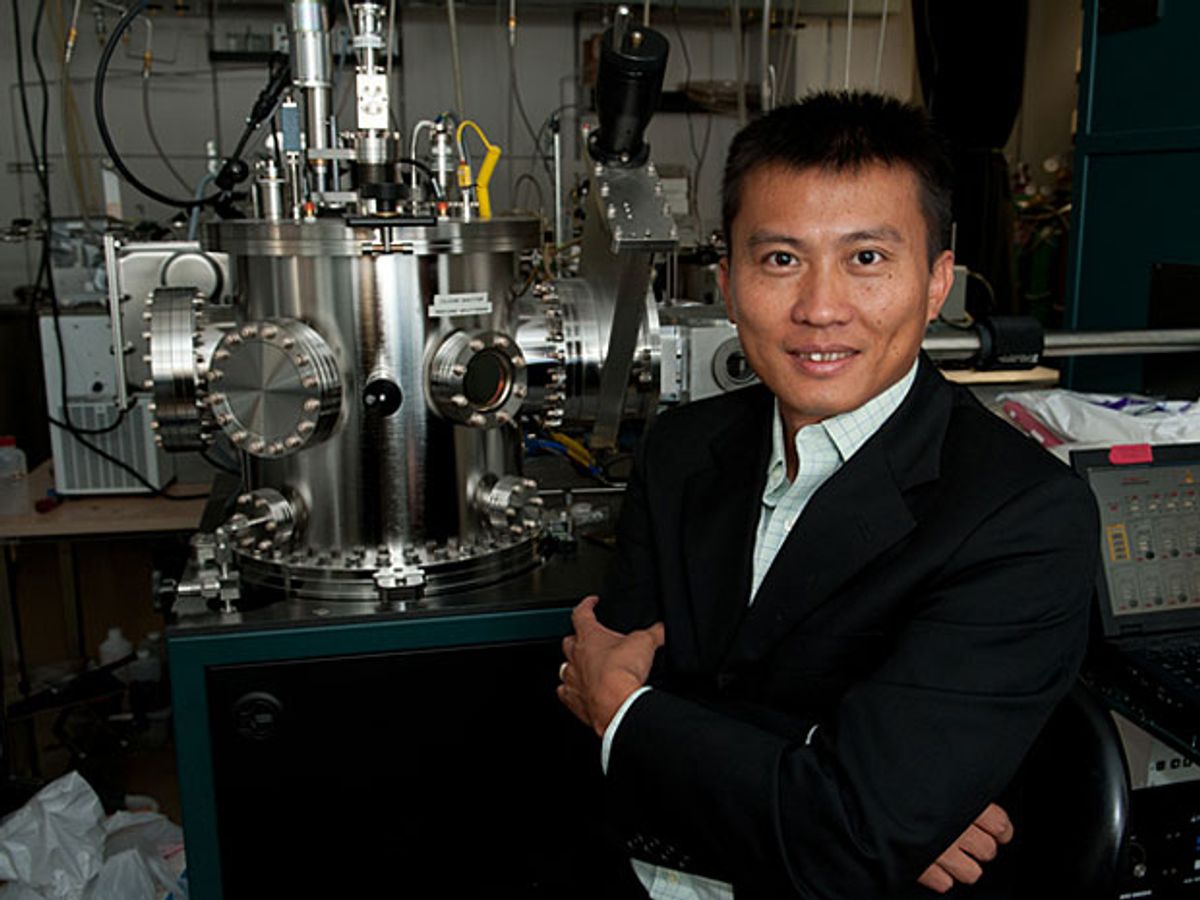Yi Cui of Stanford University has been one of the leading researchers in applying nanomaterials to the improvement of lithium-ion (Li-ion) batteries. He’s developed nanostructured silicon for the anodes of Li-ion batteries capable of 6000 cycles while maintaining 85 percent of its capacity. He’s even chucked the whole lithium approach and developed cathodes for rechargeable batteries using potassium or sodium ions in place of lithium that were capable of 40,000 cycles while maintaining 83 percent of their charge.
While these have all been important developments in creating the next generation of rechargeable batteries, his latest achievement may be his “pièce de résistance”. Cui and his colleagues at Stanford have developed a battery designed around a pure lithium anode.
"Of all the materials that one might use in an anode, lithium has the greatest potential. Some call it the Holy Grail," said Cui, in a press release. "It is very lightweight and it has the highest energy density. You get more power per volume and weight, leading to lighter, smaller batteries with more power."
While these are all attractive qualities, there’s been one big draw back: lithium expands almost infinitely when the lithium ions accumulate on it. This expansion is a problem for graphite and for silicon too, but for lithium the issue has made it a non-starter.
The problem is further compounded by the fact that lithium is highly chemically reactive with its electrolyte. The reaction uses up the electrolyte quickly, generates a lot of heat, and reduces the lifespan of the battery.
To overcome these problems, the Stanford team developed a way to cover the lithium anode with a collection of connected nanospheres that create a kind of collective dome over the anode.
The resulting 20-nanometer-thick nanosphere layer, which is fully described in the journal Nature Nanotechnology, is flexible and non-reactive to protect the lithium against both the lithium ions and the electrolyte.
In tests, the nanosphere-coated lithium anode was still 99 percent efficient after 150 cycles. This compares favorably to unprotected lithium anodes, which are at best is 96 percent efficient and drop precipitously to 50 percent in just 100 cycles.
"The difference between 99 percent and 96 percent, in battery terms, is huge," Cui said. "So, while we're not quite to that 99.9 percent threshold where we need to be, we're close and this is a significant improvement over any previous design. With some additional engineering and new electrolytes, we believe we can realize a practical and stable lithium metal anode that could power the next generation of rechargeable batteries."
Dexter Johnson is a contributing editor at IEEE Spectrum, with a focus on nanotechnology.



